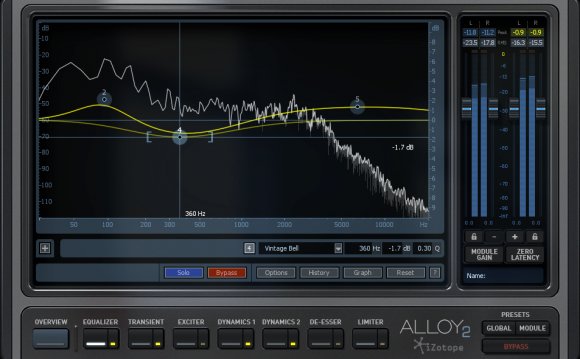
|
This project is designed to implement a number of independent systems that when combined together can create a computerized sound combine from an as yet not known group of multi-channel inputs. The investigation explores the possibility of reproducing the blending decisions of a talented sound professional with just minimal or no human interaction.This research has application to live sound music shows, remote mixing, recording and postproduction in addition to real time blending for interactive views. Demonstration video clips The automated mixer analysis differentiates the manufacturing mixing through the subjective blending. And so the present research is dedicated to a constrained rule combining layer and a subjective mixing level. The rule-based section will be based upon engineering constraints whilst the subjective layer is dependant on a target blending style. This target design may be extracted from previously blended songs predicated on feature removal. Two methods are under study. A person is a modified automated mixer, whose settings is adapted centered on target features together with other is founded on a multilayer comments community. The prospective mixing techniques depend on output function similarity into guide options that come with the mark combine. It's the present belief for the author that the use of expert instruction data may be used to boost the convergence rate of the system. At this time automated mixers are designed for saving a schedule of fixed mix moments, and that can be packed for later on use. But they lack the capacity to adjust to a new area or even an alternative collection of inputs. To put it differently, they are lacking the capability to automatically taking mixing choices. In the present research strategy the starting point is a target blending design, as opposed to a set prerecorded setup. This has the benefit of to be able to blend a mixing style of a completely different track into an unknown set of inputs. The justification of the scientific studies are the requirement of non-expert audio operators and artists to be able to achieve a quality combine with minimal effort. At this time mixing is an activity which needs grate skills, training and that can be at some point tedious. For the professional mixing engineer this sort of device will certainly reduce sound check time and will show useful in multiple group and festivals in which altering from group to some other should be done really rapidly. At this time huge audio productions are apt to have countless stations, having the ability to cluster some of these stations into an automatic mode will alleviate the blending task into the sound engineer. Additionally there is the likelihood of using this technology to remote blending programs where latency is just too large to communicate with all aspects for the mix This scientific studies are seeking the information necessary to develop automatic mixtures comparable in quality to those performed by professional human mixing console providers. Execution, subjective contrast and mistake length measure between a target combination design additionally the automatic mixture will measure the success of the outcomes. By style we refer not only to a certain genre of music additionally to a producer or engineer subjective contribution to a combination. Publications S. Mansbridge, S. Finn, J. D. Reiss, "Implementation and Evaluation of Autonomous Multi-Track Fader Control, " 132nd Audio Engineering community Convention, Budapest, April 26-29, 2012 E. Perez Gonzalez, Josh Reiss, "Improved control for selective minimization of hiding using interchannel dependency impacts", 11th Global meeting on Digital sound issues (DAFx), September 2008 E. Perez Gonzalez and Joshua D. Reiss, "Anti-feedback device, " UNITED KINGDOM patent GB0808646.4, submitted June 13, 2008 |









